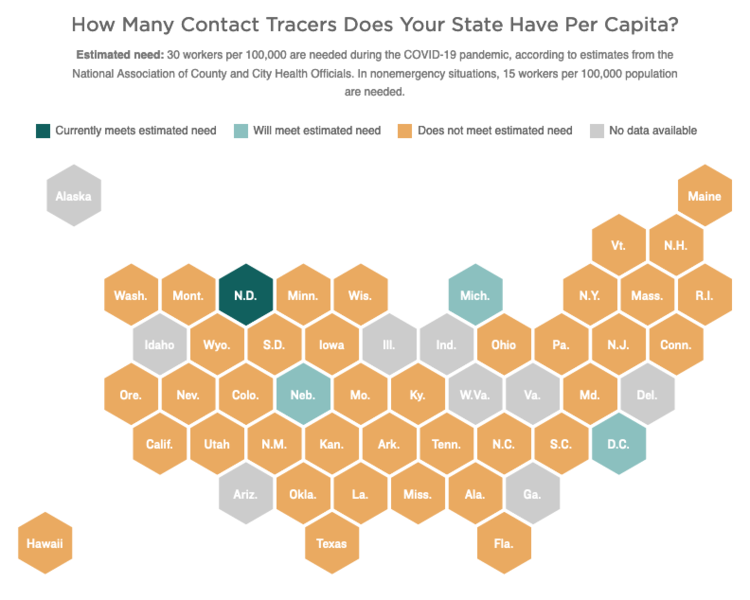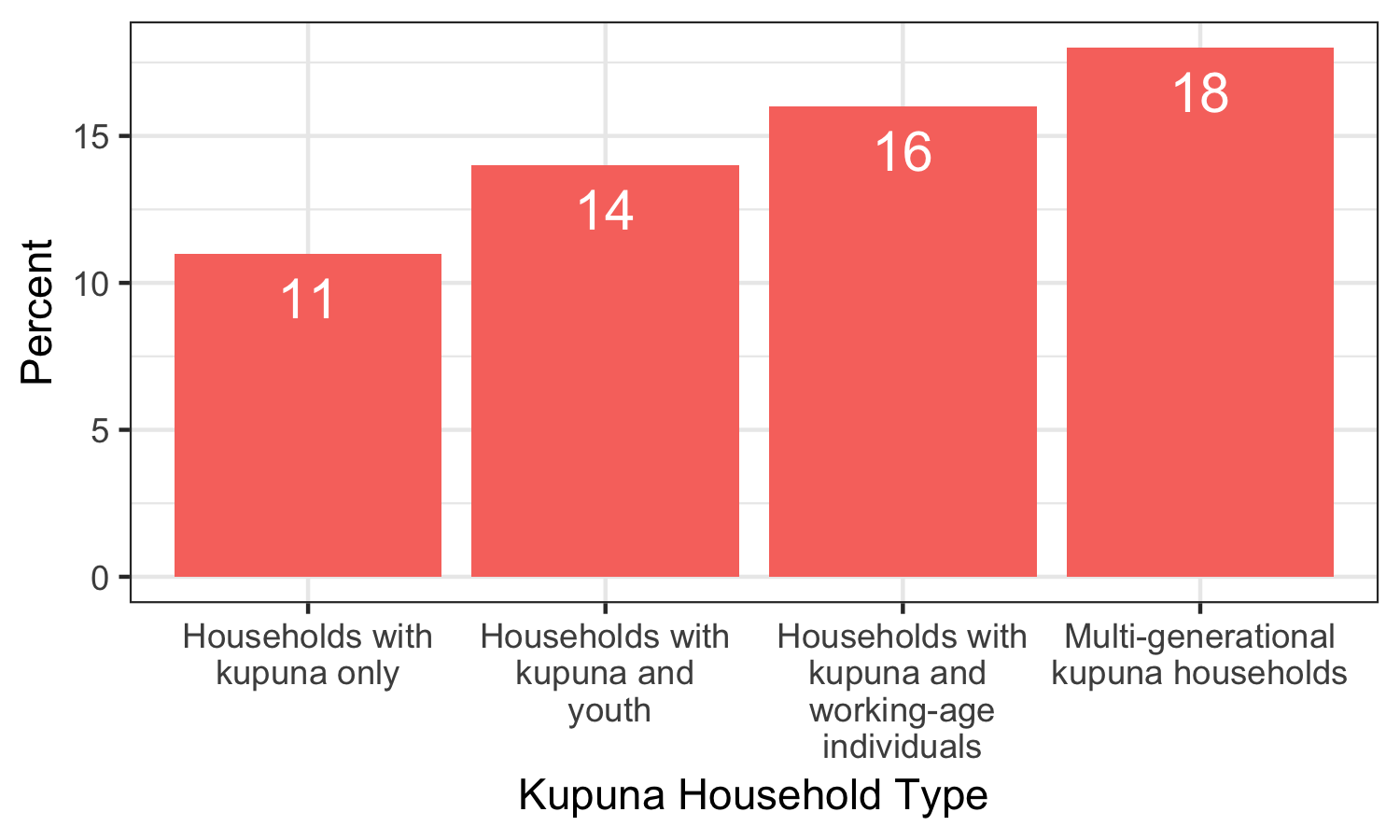News & Updates

E Komo Mai: How Do We Reopen Hawaii to Travel?
Getting the visitor industry back on its feet is one of the state’s top priorities. But how? Given what we know about the virulence of COVID-19, the risk of future outbreaks is clearly tied to movement of people and the introduction of large populations from outside the state.

Family Ties: Are Hawaii's Multigenerational Households More At Risk?
While some may find the fact that Hawaii leads the nation in multigenerational households heartwarming and reassuring, this generational makeup can also invite domestic environments and social interactions that may encourage the spread of Coronavirus—with more adult members under one roof than single generation households and with working adults traveling daily between the office and home, or serving the general public then returning to a home with seniors and children sheltering in place.

Underlying Health Conditions And How They Impact Our Vulnerability in Hawaii
While Hawaii seems to have stemmed the spread of the Coronavirus for the time being, health experts and our community leaders continue to express undertones of caution. That applies especially to our kupuna and anyone who may have serious underlying medical conditions. What does data collected from our own surveys tell us about our underlying medical conditions and where we are most vulnerable during this pandemic?

Testing Testing 1-2-3
Respondents of our survey perceive that access to testing is insufficient. Many survey participants expressed frustration with the inability to meet the criteria for testing, despite showing symptoms or other factors they believe warrant COVID-19 testing. In addition, home test kits were mentioned numerous times as one preferred method to ensure greater access to adequate testing.

Small Business May Play a Not-So-Small Part in Restarting Hawaii's Economy
The two largest industries in Hawaii by number of workers—accommodation and food services and retail trade—have been among the hardest hit by the economic impacts of COVID-19. The effect on those two industries was overwhelmingly felt by small businesses, which contribute billions of dollars to Hawaii’s economy each year.

How Vulnerable is Hawaii in the Face of a Coronavirus Pandemic?
While Hawaii has done well by sheltering in place, other socio-economic factors could place us in a precarious position if we were forced to respond to a full-blown pandemic, disproportionately affecting certain segments of the population–even those who are our closest neighbors. Some have suggested that our decision makers are being overly cautious when considering when and how to reopen the state to business and life in general. They insist that we have turned the corner. And we have. But, as the Surgo Foundation’s index shows, we still have much to be careful about during a pandemic that has yet to show us its teeth and full bite in Hawaii.

Contact Tracing versus Contact Tracking
Among the many new terms that have crept into our daily language, contact tracing has become one of the most frequently heard in connection with COVID-19. Contact tracing is a traditional public health strategy that has been used to fight the spread of everything from the common flu to the AIDS virus. We often hear public health officials talk about the need to employ contract tracing to not only get the current pandemic under control but to keep the virus from flaring up once we start to reopen cities and states.

Our Kupuna: Understanding their Risks
Our findings suggest that transmission of COVID-19 is more likely to occur among younger individuals who are more active in the community. In our survey, individuals between the ages of 25 to 44 were the most likely (19%) to report symptoms of COVID-19 or have a household member who tested positive for the virus when compared with other age groups.

Ongoing and Comprehensive Information Key to Reopening Hawaii
More importantly, some communities reported higher rates of COVID-19 related symptoms compared to their response rate (e.g. Waianae and Maui)—an indication that these communities may require additional information and resources to mitigate the impacts of the virus. Conversely, communities with lower reported symptoms relative to their response rate may have greater access to information that is helping to protect its citizens (e.g. East Honolulu).
The Good, The Bad, and Social Distancing in Hawaii
During times of crisis, the vulnerable are at even greater risk of becoming casualties of fast moving events. In Hawaii and throughout the nation, we are beginning to see how the current pandemic is overwhelming seniors, those living in poverty, those living on the edge of poverty, and the homeless. They are the most vulnerable in these times. And while they may be overwhelmed, in Hawaii, they are never left behind. That is not what we do nor who we are.

Insights from the Hawaii COVID Contact Tracking Survey
This is the first in a series posts highlighting results from the Hawaii COVID Contact Tracking Survey conducted by the National Disaster Preparedness Training Center (NDPTC) and the Pacific Urban Resilience Lab (PURL) at University of Hawaii at Manoa. The Hawaii Data Collaborative has partnered with this group to share regular analyses and updates from this survey in the coming weeks.
